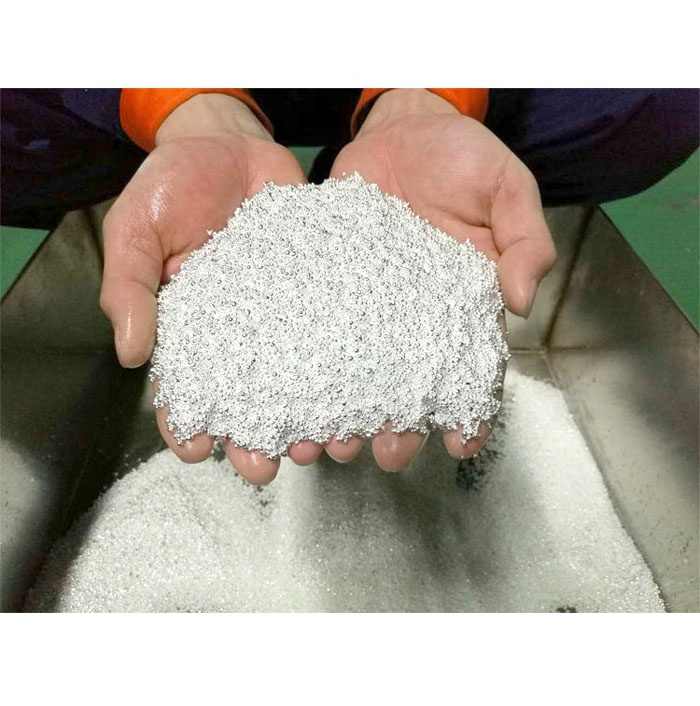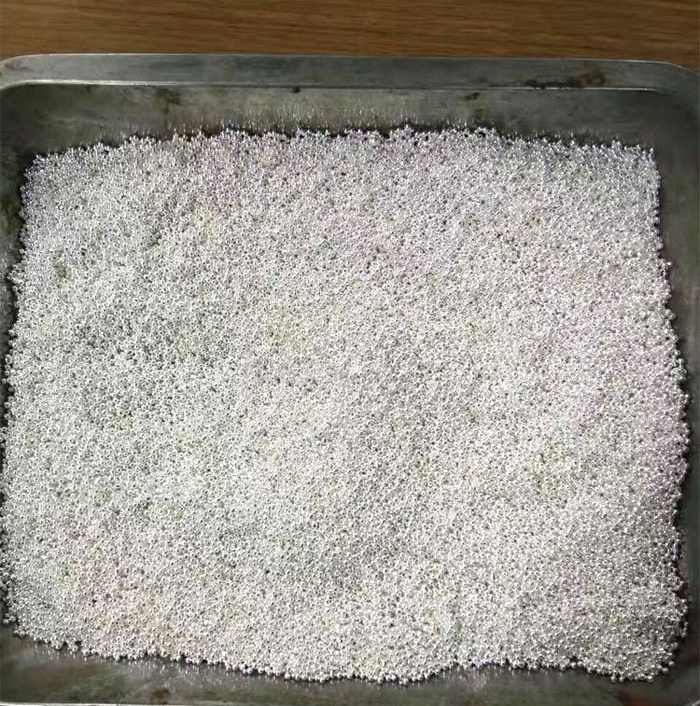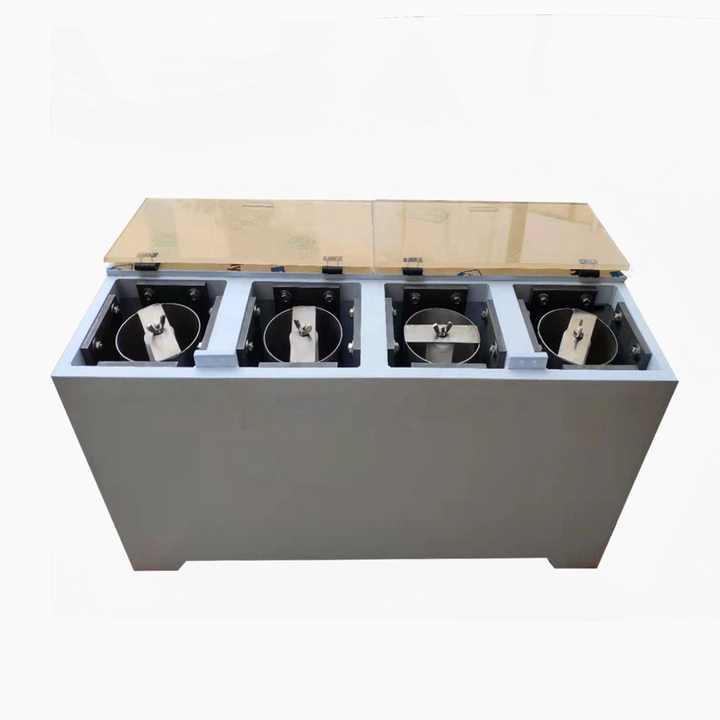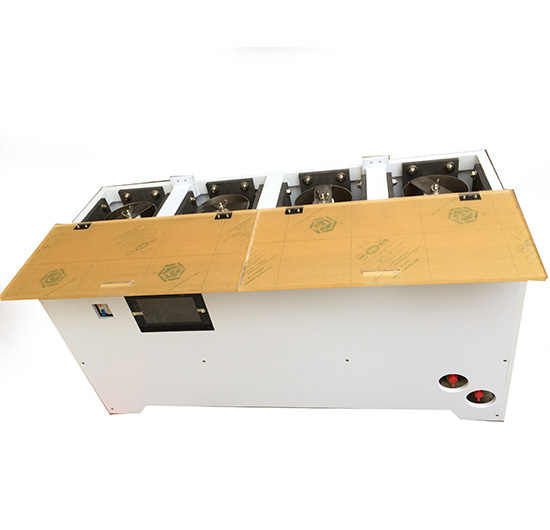refining pot for silver


Understanding the Importance of a Refining Pot for Silver
Refining silver is a crucial process for jewelers, collectors, and small-scale metalworkers who want to purify silver from scrap or ore. One essential tool in this process is the refining pot for silver, which is specifically designed to withstand the high temperatures needed to melt and purify silver. In this article, we will explore the importance of a refining pot, its key features, and how it contributes to the silver refining process.
What Is a Refining Pot for Silver?
A refining pot for silver is a heat-resistant container used to hold silver while it is being melted and refined. These pots, also known as crucibles, are made from materials such as graphite, clay, or ceramic, which can endure extreme temperatures. Silver melts at approximately 962°C (1,764°F), so the refining pot must be able to withstand this heat without breaking down or contaminating the silver.
Refining pots come in various sizes and shapes to accommodate different quantities of silver, from small batches for hobbyists to larger volumes for commercial operations. The choice of material and size depends on the specific needs of the user and the type of furnace or smelting setup.
The Role of the Refining Pot in Silver Purification
The refining pot is an integral part of the silver purification process. When silver is melted down, impurities such as other metals, dirt, or oxides need to be separated from the pure silver. The refining pot provides a stable and heat-resistant environment where this separation can occur effectively.
Here’s how the refining pot contributes to the process:
- Melting Silver: The refining pot holds the silver as it heats up and melts. The pot’s material ensures that the intense heat needed for melting silver doesn’t damage the container, allowing the process to proceed safely.
- Holding Flux: Flux, a substance used to remove impurities from metals, is often added to the refining pot along with the silver. The pot allows the flux to mix with the silver as it melts, promoting the removal of unwanted materials.
- Purification: As the silver melts and the flux helps eliminate impurities, the refining pot enables the molten silver to remain stable, allowing for a clean separation of pure silver from slag (the waste material).
- Pouring and Molding: Once the silver has been purified, the refining pot is used to pour the molten silver into molds, where it cools and solidifies into bars or ingots.


Types of Refining Pots for Silver
There are different types of refining pots available, each with its own advantages based on the material from which they are made. Here are the most common types used in silver refining:
Graphite Refining Pot
Graphite refining pots are a popular choice for silver refining due to their excellent heat resistance and non-reactive nature. Graphite does not easily react with silver or flux, ensuring that the purity of the silver is maintained. Additionally, graphite pots are durable and capable of withstanding repeated heating and cooling cycles without cracking or degrading.
Clay-Ceramic Refining Pot
Clay and ceramic refining pots are also commonly used in the silver refining process. These materials can handle high temperatures and are relatively inexpensive compared to graphite. However, clay and ceramic pots may not be as long-lasting as graphite and might require more careful handling to avoid cracks or breakages.
Silicon Carbide Refining Pot
Silicon carbide is another material used to make refining pots for silver. These pots are highly durable and heat-resistant, making them ideal for refining large amounts of silver. Silicon carbide is particularly effective for industrial-scale silver refining, where high temperatures and frequent use are required.
How to Use a Refining Pot for Silver
Using a refining pot for silver requires some basic knowledge of the smelting and refining process. Here’s a step-by-step guide on how to use a refining pot during silver refining:
- Prepare the Silver: Before placing the silver in the refining pot, it is important to clean and weigh the material. This helps in calculating the amount of flux needed and ensures that the refining process is efficient.
- Add Flux: Place the silver and the appropriate amount of flux into the refining pot. The flux helps in removing impurities and promotes a cleaner separation of pure silver.
- Heat the Pot: Place the refining pot in a furnace or heating system designed for silver refining. Gradually increase the heat until the silver begins to melt. The refining pot should withstand the temperature without any issues.
- Skim Off Impurities: As the silver melts, impurities will rise to the surface in the form of slag. Carefully skim off the slag to purify the silver.
- Pour the Silver: Once the silver is fully melted and purified, carefully pour it from the refining pot into molds. Let the silver cool and solidify before handling.
Benefits of Using a High-Quality Refining Pot
Investing in a high-quality refining pot for silver offers several benefits, particularly when it comes to ensuring the purity and quality of the final product. Here are some advantages of using a reliable refining pot:
- Durability: A well-made refining pot can withstand multiple heating cycles, allowing for repeated use without cracking or breaking.
- Heat Resistance: High-quality pots are designed to handle the extreme temperatures required for silver refining, ensuring that the pot remains stable throughout the process.
- Purity: The materials used in high-quality refining pots do not react with silver or flux, helping maintain the purity of the silver being refined.
- Efficiency: A good refining pot ensures even heating and helps facilitate the efficient separation of silver from impurities.
A refining pot for silver is an essential tool for anyone involved in the process of purifying silver, whether on a small scale or in an industrial setting. The choice of refining pot material, size, and design can significantly impact the efficiency and quality of the silver refining process. By investing in a high-quality pot and understanding how to use it properly, refiners can ensure that their silver is purified effectively, maintaining its value and usability in various applications.















